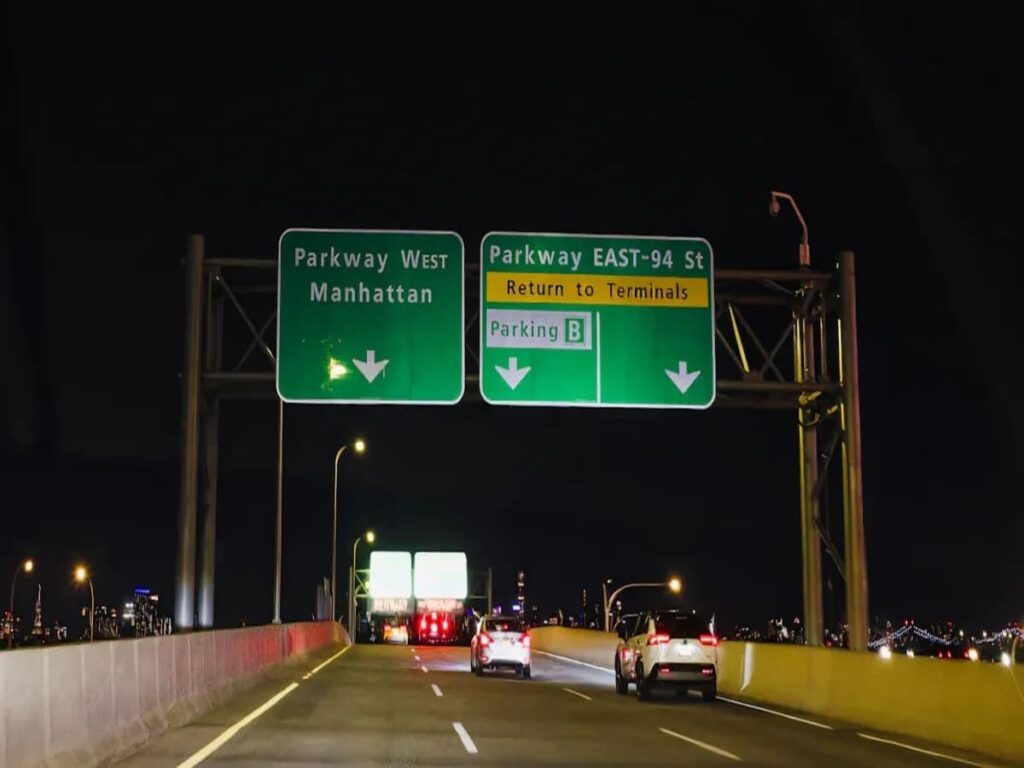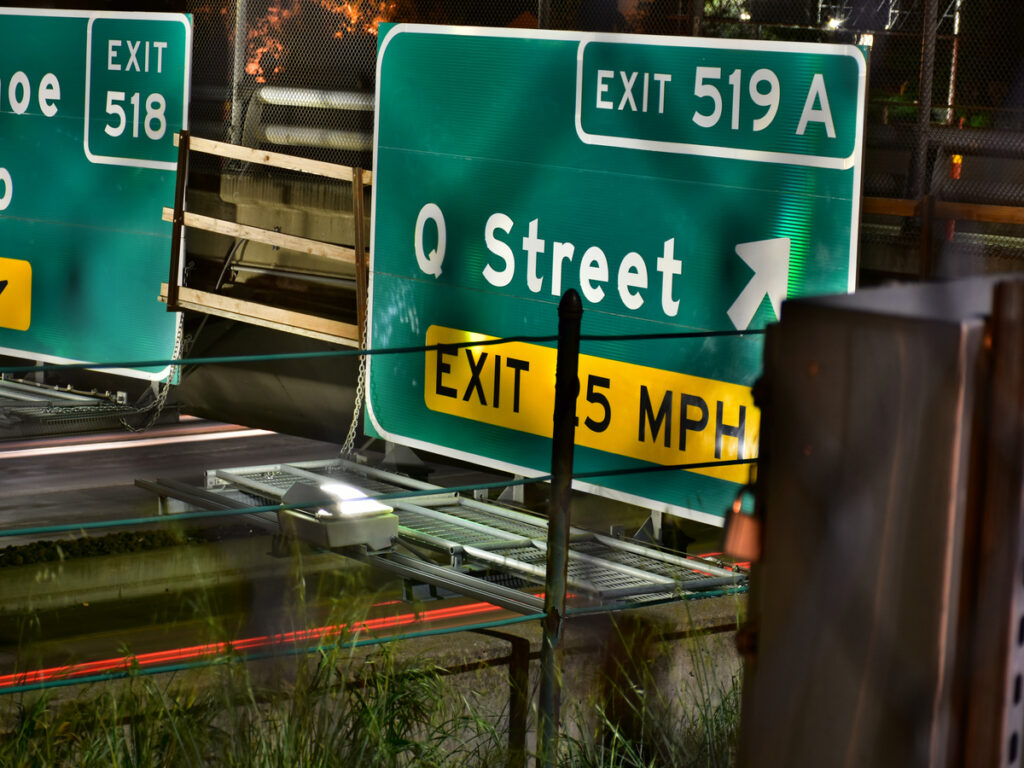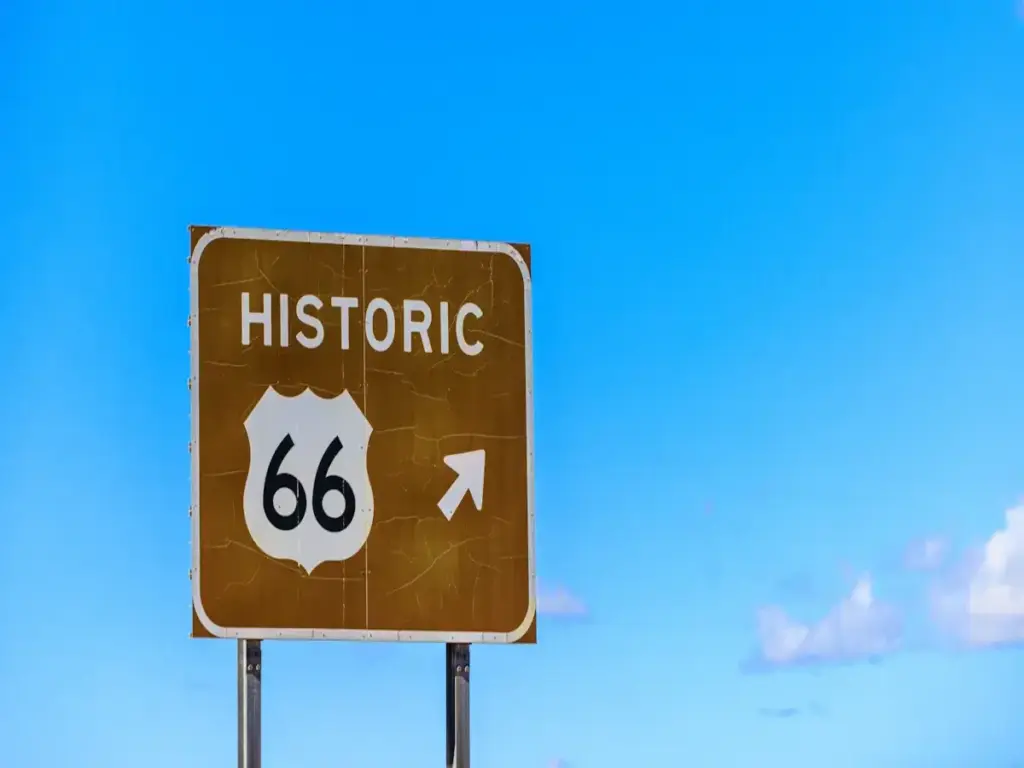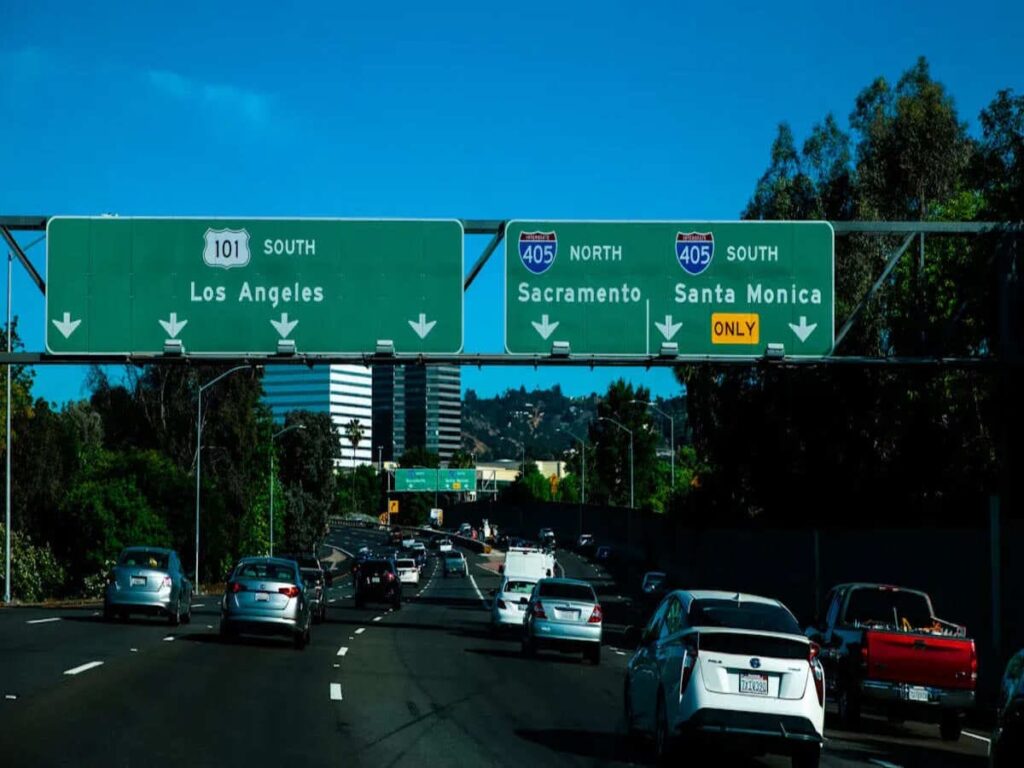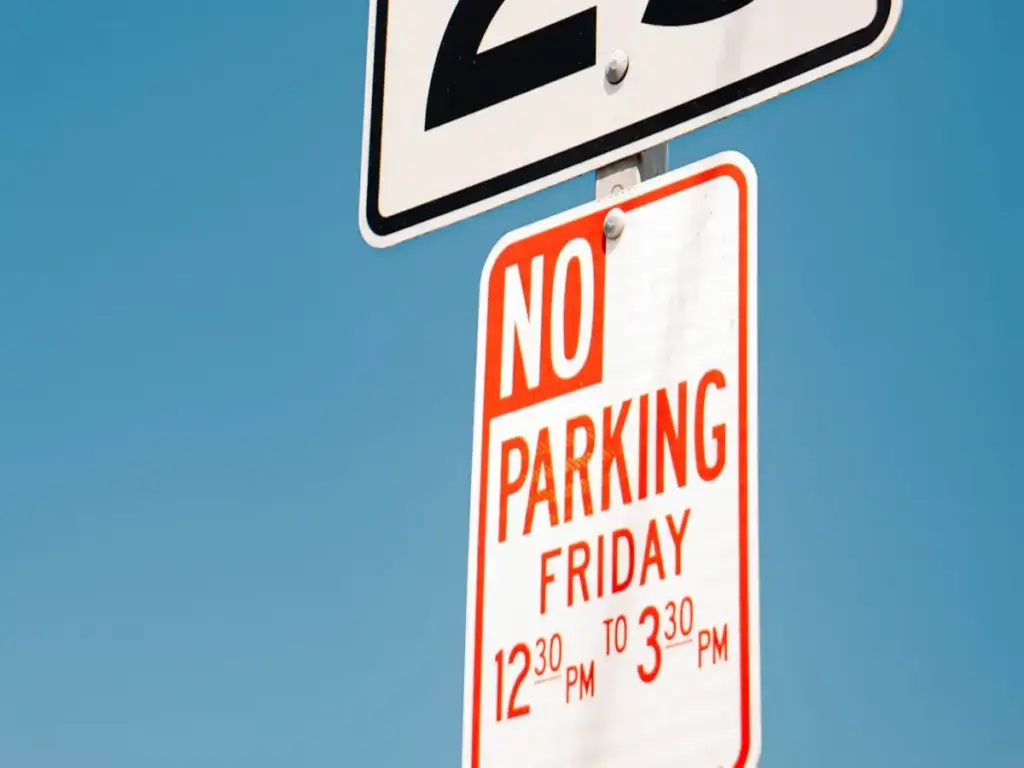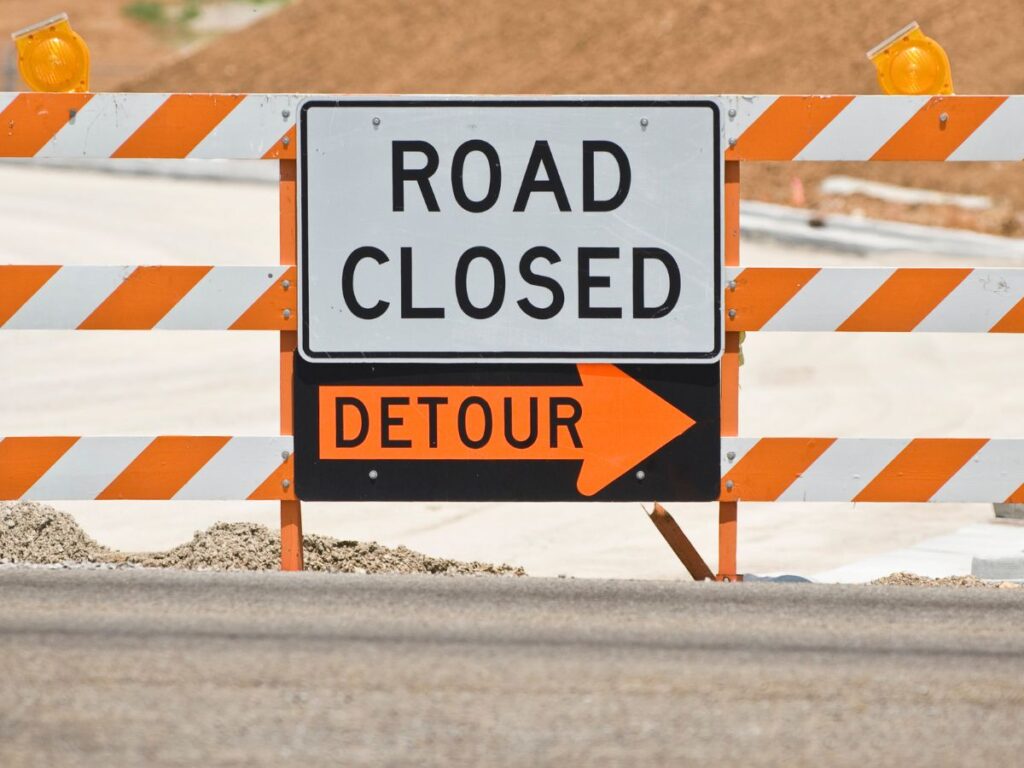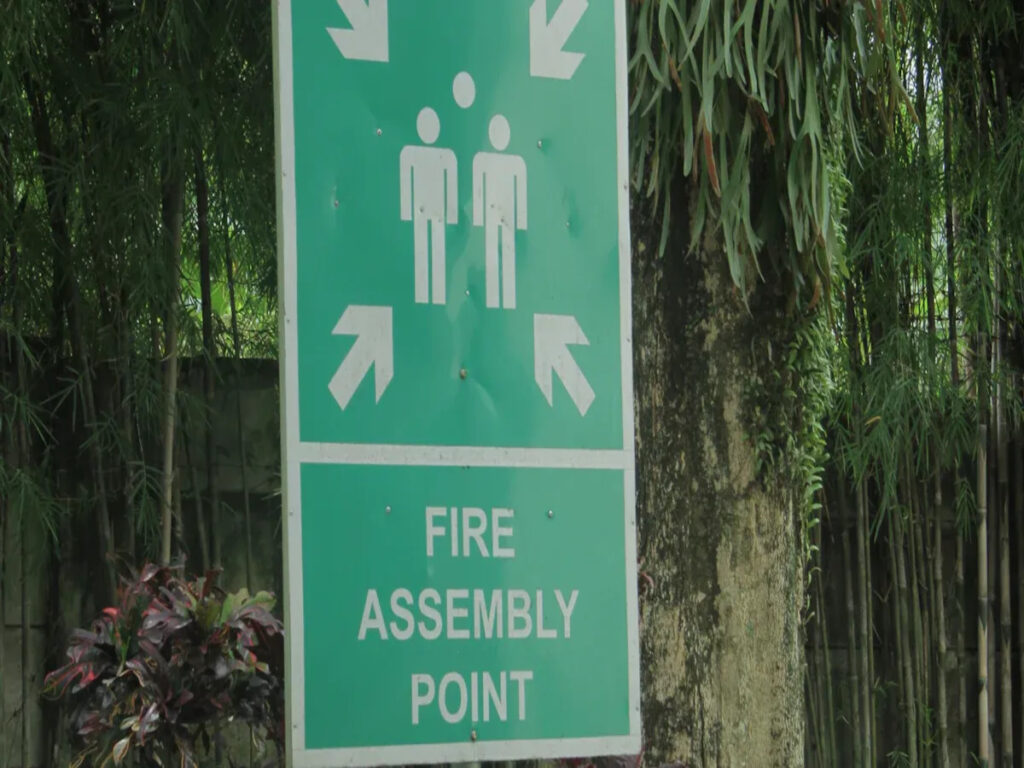
Padrões claros de sinalização de segurança ajudam a manter os trabalhadores seguros em todos os lugares. OSHA estabelece os principais padrões de sinalização de segurança nos Estados Unidos, enquanto COMO 1319 fornece padrões de sinalização de segurança para locais de trabalho na Austrália. Cada sistema emprega suas próprias cores, símbolos, e terminologia para indicar perigos ou instruir as pessoas sobre as ações necessárias. Compreender esses padrões de sinalização de segurança ajuda a prevenir acidentes e mantém as pessoas conscientes dos riscos. Globalmente, organizações reconhecem a importância de sinais de segurança claros e padronizados para garantir a segurança.
Na OPTRAFFIC, Nós projetamos Sinais de segurança que cumprem integralmente com AS 1319 e outros padrões internacionais – garantindo que cada mensagem seja clara, compatível, e instantaneamente reconhecível em situações de alto risco. Porque quando a segurança está em jogo, clareza é importante.
Visão geral dos padrões de sinalização de segurança
OSHA nos EUA.
OSHA faz as principais regras de sinalização de segurança nos Estados Unidos. Estas regras ajudam os trabalhadores a identificar perigos e saber o que fazer. As regras da OSHA são usadas em muitos trabalhos, como construir, fábricas, e hospitais. OSHA verifica os locais de trabalho para ver se eles seguem as regras. Em 2022, OSHA acabou 31,000 cheques. Mais da metade dessas verificações aconteceram porque alguém reclamou ou algo ruim aconteceu. O resto olhou para empregos que são mais perigosos. Essas verificações tornaram os locais de trabalho mais seguros. Por exemplo, O Saint Paul Health Center melhorou em segurança depois de trabalhar com a OSHA. Estudos mostram que as verificações da OSHA muitas vezes descobrem por que os acidentes acontecem. Isso mostra Regras de sinalização de segurança da OSHA ajude a manter os trabalhadores seguros e economize dinheiro evitando acidentes.
COMO 1319 e sinais de segurança australianos
O Padrão australiano AS 1319-1994 fornece as regras para sinalização de segurança na Austrália. Esta regra diz como fazer, levante, e cuidar dos sinais no trabalho. O Padrão australiano 1319-1994 garante que os sinais usem os símbolos corretos e palavras claras. Isso ajuda os trabalhadores a verem os perigos rapidamente. Colocar sinais em bons lugares e verificá-los muitas vezes evita erros e acidentes. Ensinar aos trabalhadores o significado dos sinais torna todos mais seguros e ajuda as pessoas a seguir as regras. Muitos locais de trabalho pedem ajuda a especialistas com o Padrão Australiano 1319-1994. Seguir essas regras reduz os problemas jurídicos e ajuda os trabalhadores a confiarem uns nos outros. Os sinais de segurança australianos ajudam pessoas de muitos lugares a compreender as mensagens de segurança. O padrão australiano AS 1319-1994 ajuda a construir uma forte cultura de segurança na Austrália, garantindo que todos possam ver os perigos e permanecer seguros.
Principais diferenças nos padrões de sinalização de segurança
Escopo Regulatório
OSHA estabelece as principais regras de sinalização de segurança nos Estados Unidos. Estas regras são para muitos lugares, como fábricas e hospitais. OSHA verifica se as empresas seguem essas regras. O padrão australiano como 1319 é para locais de trabalho na Austrália. Esta norma fornece etapas claras para sinalização de segurança. Diz como projetar, levante, e usar sinais. Ambos os sistemas querem manter os trabalhadores seguros, mas cada um tem suas próprias regras. As empresas devem usar o padrão certo para que seu país siga a lei.
Elementos de design
O design ajuda as pessoas a compreender melhor os sinais de segurança. OSHA usa certas cores, formas, e símbolos. Os sinais de perigo usam vermelho e preto. Os sinais de alerta usam amarelo e preto. Essas cores ajudam as pessoas a ver o perigo rapidamente. AS1319 na Austrália também usa cores e formas para sinalização de segurança. Verde significa ações seguras, e vermelho significa perigo. Os símbolos ajudam todos a saber o que o sinal significa, Mesmo que eles não falem inglês. Um bom design torna os sinais de segurança fáceis de ver e compreender.
Linguagem e Terminologia
As palavras nos sinais de segurança devem ser simples e claras. OSHA usa palavras como “Perigo,” “Aviso,” e “Cuidado” para mostrar níveis de risco. COMO 1319 usa algumas das mesmas palavras, mas às vezes usa termos diferentes. Na Austrália, “Obrigatório” significa algo que você deve fazer. As palavras nas placas devem corresponder às regras de cada país. Palavras claras ajudam os trabalhadores a saber o que fazer e a permanecer seguros.
Colocação e Aplicação
Onde uma empresa coloca uma sinalização de segurança é importante. OSHA diz que os sinais devem ser fáceis de ver antes de um perigo. Os sinais não devem ser bloqueados ou escondidos. COMO 1319 também tem regras sobre onde colocar placas. Na Austrália, os sinais devem estar ao nível dos olhos e fáceis de ler. Ambos os padrões dizem para verificar os sinais com frequência e alterá-los se eles desbotarem ou quebrarem. Uma boa colocação ajuda todos a verem os riscos e seguirem as regras de segurança.
Observação: Colocar sinais no lugar certo e torná-los claros ajuda a impedir acidentes e mantém os locais de trabalho seguros.
Semelhanças nos sinais de segurança no local de trabalho
Padronização para clareza
OSHA e AS 1319 ambos usam padronização para sinalização de segurança. Isso significa que os sinais parecem iguais em muitos lugares. Os trabalhadores podem compreender os sinais mesmo em novos empregos. Estudos mostram que sinais padrão ajudam as pessoas a seguir regras. Em 1993, um estudo descobriu que os sinais funcionam melhor no lugar certo. Em 1999, outro projeto testou rótulos de advertência com muitos grupos. Rótulos que usavam regras padrão duraram anos. Na Europa, novas regras em 1977 e 1992 tornou as cores e os símbolos importantes. A União Europeia utilizou mais tarde ISO 7010 para tornar os símbolos iguais em todos os lugares. Essas mudanças tornaram a sinalização de segurança mais clara e impediram erros. O American National Standards Institute mudou suas regras em 1991. Eles adicionaram mais símbolos e palavras mais claras. Essas atualizações mostram que a padronização ajuda as pessoas a seguir os sinais de segurança e a se manterem seguras.
Códigos de cores e símbolos
Códigos de cores e símbolos são importantes em ambos os sistemas. Vermelho significa perigo, Amarelo significa cautela, e verde mostra ações ou saídas seguras. Símbolos ajudam pessoas que falam línguas diferentes a entender sinais. OSHA e AS 1319 use essas cores e símbolos para facilitar a visualização dos sinais. Isso ajuda os trabalhadores a agir rapidamente em emergências. Usar as mesmas cores e símbolos mantém as mensagens claras e ajuda as pessoas a seguir as regras de segurança.
Foco em Conformidade
A conformidade é muito importante em ambos os padrões. OSHA diz que sinais de saída de emergência devem brilhar no escuro. Isso ajuda as pessoas a encontrar saídas quando falta energia. Essa regra fez com que mais empresas vendessem essas placas e as melhorassem. Fabricantes usam projetos aprovados para evitar multas. Na Austrália, COMO 1319 diz que os sinais nas áreas costeiras devem ser fortes, como aço inoxidável. Isso mantém os sinais claros mesmo com mau tempo. Ambas as normas querem que as empresas façam sinalizações que durem e sigam as regras. Essas regras custam mais para pesquisa e confecção de sinalização, mas ajudam a manter os locais de trabalho mais seguros.
Tipos de sinalização de segurança no trabalho
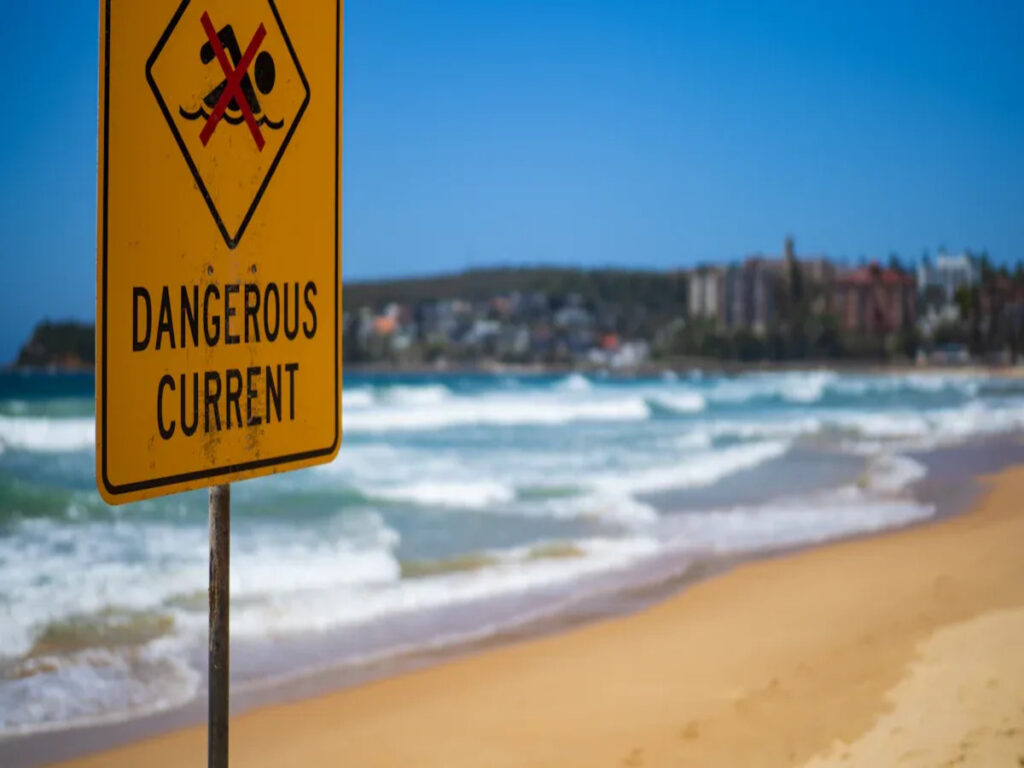
Sinais de aviso
Sinais de alerta alertam os trabalhadores sobre possíveis perigos. Esses sinais usam amarelo e preto para se destacar. Eles têm letras grandes e imagens nítidas. Imagens pretas em amarelo ajudam as pessoas a ver o perigo rapidamente. O treinamento ajuda os trabalhadores a perceber melhor esses sinais. Imagens grandes e linhas finas facilitam a leitura dos sinais. Isso ajuda mesmo quando está escuro. A forma e as palavras na placa mostram o quão arriscado algo é. OSHA e AS 1319 ambos usam sinais de alerta para impedir acidentes. Esses sinais ajudam todos a saber sobre os perigos no trabalho.
Dica: Os sinais de alerta funcionam melhor ao nível dos olhos em locais claros.
Sinais obrigatórios
Sinais obrigatórios mostram o que os trabalhadores devem fazer para se manterem seguros. Esses sinais são azuis e brancos com regras simples. Por exemplo, eles podem dizer “Use proteção para os olhos.” Sinais claros ajudam as pessoas a seguir as regras e evitar acidentes. Isso pode reduzir os acidentes em até 30%. A maioria dos trabalhadores conhece esses sinais, mas o treinamento ajuda todos a lembrar. Locais de trabalho com esses sinais apresentam menos lesões. As placas lembram as pessoas de usarem equipamentos de segurança e agirem com segurança.
Sinais de proibição
Placas de proibição mostram o que você não pode fazer. Eles têm um círculo vermelho e uma linha sobre uma imagem preta. Esses sinais impedem ações inseguras, como fumar ou entrar em determinados lugares. Nos parques, esses sinais ajudam os visitantes quando a equipe não está lá. Se não houver sinais de proibição, pode causar problemas legais. As agências estabelecem regras para esses sinais para manter todos seguros. Sinais claros ajudam as pessoas a seguir as regras de segurança e evitar acidentes.
Sinais de saída e emergência
Sinais de saída e emergência mostram às pessoas para onde ir em caso de emergência. Esses sinais são verdes e brancos. Muitas pessoas não veem sinais normais de saída em emergências reais. Placas com luzes piscantes ou peças móveis ajudam mais pessoas a encontrar a saída. Um estudo mostrou que esses sinais faziam as pessoas saírem mais rápido e impediam multidões. Colocando esses sinais em destaque, lugares fáceis de ver salvam vidas.
- Luzes verdes piscando chamam mais atenção do que sinais normais.
- Placas móveis ajudam as pessoas a encontrar saídas mais seguras, mesmo que seja difícil de ver.
Sinais de primeiros socorros
Sinais de primeiros socorros mostram onde obter ajuda médica ou suprimentos. Esses sinais são verdes e brancos com imagens nítidas. A ajuda rápida com kits de primeiros socorros e pessoal treinado torna os ferimentos menos graves. Os exercícios e o treinamento ajudam os trabalhadores a manter a calma e agir rapidamente. Bons sinais de primeiros socorros lembram a todos onde ir em caso de emergência. Isso ajuda a construir um local de trabalho seguro. Estudos mostram que trabalhadores treinados e sinalização clara ajudam as pessoas a obter ajuda rapidamente após acidentes.
Impacto na segurança do trabalho
Eficácia nos EUA.
OSHA tornou muitos locais de trabalho nos Estados Unidos mais seguros. Inspetores visitam locais como fábricas e hospitais para verificar a sinalização de segurança. Estes sinais alertam os trabalhadores sobre os perigos e mostram ações seguras. Muitas empresas têm menos acidentes depois de usar as regras da OSHA. Por exemplo, uma grande fábrica de automóveis em Michigan teve menos feridos após novos sinais de alerta. Os trabalhadores disseram que se sentiam mais seguros e sabiam o que fazer em emergências. A OSHA também oferece treinamento para que as pessoas entendam os sinais.
Eficácia na Austrália
COMO 1319 ajudou muito na Austrália. As empresas usam sinais claros para mostrar perigos e locais seguros. Muitos trabalhadores vêm de outros países, então os símbolos ajudam todos a entender. Especialistas dizem que bons sinais de segurança no local de trabalho evitam confusões e evitam acidentes. Na mineração e construção, os gerentes verificam os sinais com frequência para mantê-los claros. Relatórios mostram que as lesões diminuíram desde o uso do AS 1319 padrão. Os trabalhadores confiam na sinalização e seguem melhor as regras.
Estudos de caso e evidências
Muitos estudos mostram que sinais de segurança salvam vidas. Em um caso, uma fábrica de alimentos em Sydney adicionou novos sinais de saída e treinou funcionários. Durante uma simulação de incêndio, todos saíram do prédio com rapidez e segurança. Nos Estados Unidos, um hospital usou novos sinais de proibição para impedir que as pessoas entrassem em salas perigosas. O número de acidentes caiu pela metade em um ano. Estes exemplos mostram sinais claros e uma boa formação ajuda a manter as pessoas seguras no trabalho.
Tendências futuras em padrões de sinalização de segurança
Sinalização Digital e Inteligente
A sinalização digital e inteligente está mudando a forma como as pessoas usam a sinalização no trabalho. Muitas empresas agora possuem telas digitais que mostram mensagens. Essas mensagens podem mudar muito rapidamente. Os sinais podem se conectar aos sistemas de segurança no trabalho. Isso ajuda os trabalhadores a ver os avisos imediatamente. Alguns sinais usam luzes ou telas brilhantes para chamar a atenção. A realidade aumentada também está começando a ser usada. Permite que os trabalhadores vejam mais informações com óculos ou telefones especiais. Sinais em diferentes idiomas são agora comuns porque os locais de trabalho têm muitas culturas. Novas formas de impressão fazem com que os sinais durem mais, Mesmo em lugares difíceis.
- Sinais digitais podem mudar mensagens imediatamente.
- Sinais inteligentes podem funcionar com alarmes e sensores.
- A realidade aumentada ajuda no treinamento e na descoberta de perigos.
- Placas bilíngues ajudam todos a entender os avisos.
Integração de IA e IoT
IA e o Internet das coisas (IoT) tornar os sinais mais inteligentes. Sensores em capacetes, coletes, ou máquinas podem observar perigos. AI verifica os dados e envia um aviso se encontrar algum problema. Isto ajuda a manter os trabalhadores seguros, avisando-os antecipadamente. Alguns sistemas utilizam câmeras para detectar riscos e enviar mensagens aos trabalhadores. A IA também ajuda os gestores a fazer melhores escolhas, mostrando padrões nos dados. Estudos mostram que essas ferramentas funcionam bem em canteiros de obras e fábricas. Eles ajudam a evitar lesões e garantem que todos sigam as regras.
| Categoria de tecnologia | Aplicação em Segurança do Trabalho | Indústrias Abrangidas |
|---|---|---|
| Sistemas baseados em wearables | Acompanhamento do uso de EPI, saúde, e perigo; Sensores IoT enviam avisos | Construção, Mineração, Transporte |
| Sistemas baseados em AR/VR | Treinamento para perigos, vendo riscos, e testando planos de segurança | Construção, Fabricação |
| Sistemas baseados em IA | Observando os riscos, ajudando ações seguras, e respostas rápidas | Muitas indústrias perigosas |
| Sistemas baseados em navegação | Alertar sobre zonas de perigo e orientar os trabalhadores com segurança | Construção, Mineração, Transporte |
Sustentabilidade em Sinalização
A sustentabilidade agora é importante para o design de sinalização. Muitas empresas usam materiais ecológicos para fazer sinalização. Isso ajuda a natureza e mantém o ar interno limpo. Sinais que duram mais tempo não precisam ser substituídos com tanta frequência. Isso economiza recursos. Sinais flexíveis permitem que as empresas os alterem facilmente quando as regras ou os layouts mudam. A sinalização também ajuda a construir uma cultura onde as pessoas se preocupam com a segurança e o meio ambiente. Em hospitais e escritórios, bons sinais de segurança tornam os locais mais seguros e confortáveis.
- Materiais ecológicos ajudam a proteger a natureza.
- Sinais duradouros geram menos desperdício e custam menos.
- Sinais flexíveis podem mudar para novas necessidades e layouts.
Rumo à Harmonização Global
Os países estão tentando tornar os sinais de segurança mais parecidos. O Sistema Globalmente Harmonizado (GHS) ajuda com advertências químicas. Ele usa os mesmos símbolos e cores em muitos países. Alguns estudos mostram que as pessoas nem sempre conhecem novos símbolos, então é necessário treinamento. A África do Sul utilizou a investigação para criar novas leis e criar um grupo para o GHS. Para que a harmonização global funcione, os países devem ensinar aos trabalhadores o que significam os sinais e alterá-los de acordo com as necessidades locais. Isso ajuda a manter todos em segurança, não importa onde eles trabalhem.
Observação: A harmonização global torna mais fácil para os trabalhadores compreenderem os sinais quando se deslocam entre países.
Tabela de comparação: OSHA vs.. COMO 1319
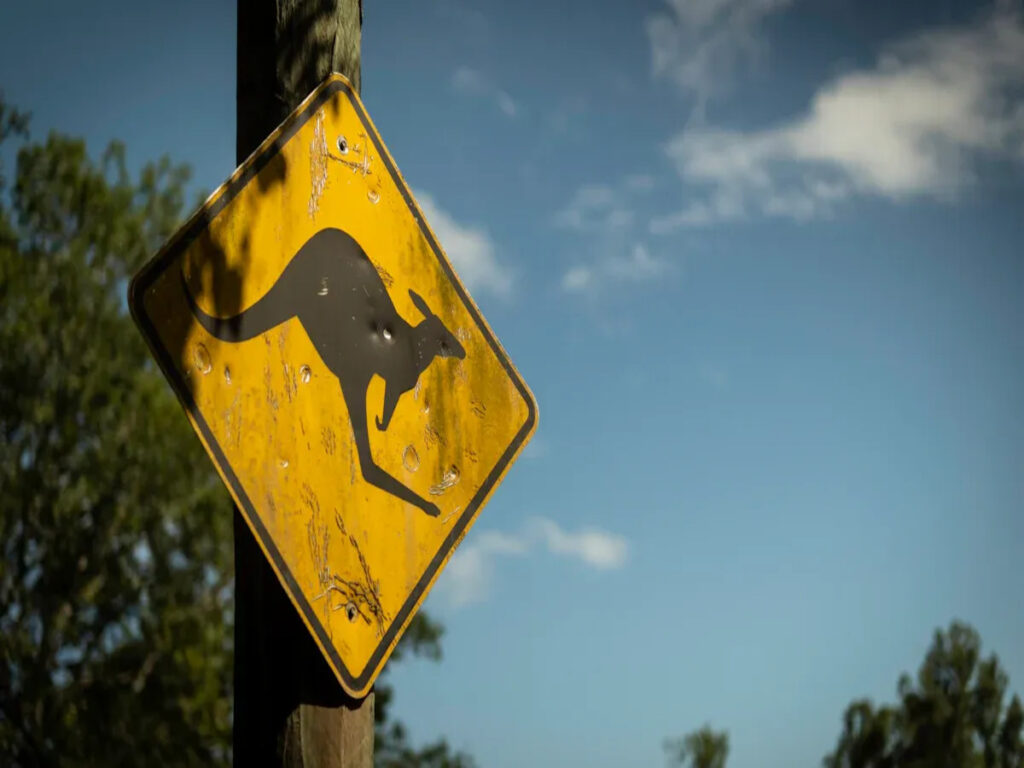
É mais fácil ver como a OSHA e a AS 1319 funcionam quando você os compara. Ambas as normas querem manter os trabalhadores seguros, mas eles têm regras diferentes. A tabela abaixo mostra o que é igual e o que é diferente entre eles.
| Recurso | OSHA (Estados Unidos) | AS1319 (Austrália) |
|---|---|---|
| Corpo Governante | Administração de Segurança e Saúde Ocupacional | Padrões da Austrália |
| Status legal | Obrigatório para a maioria dos locais de trabalho | Recomendado, frequentemente adotado por lei |
| Objetivo principal | Reduzir lesões e mortes no local de trabalho | Promover a segurança no local de trabalho e a conscientização sobre perigos |
| Requisitos de sinalização de segurança | Detalhado na OSHA 1910.145 | Descrito em AS1319-1994 |
| Categorias de Sinais | Perigo, Aviso, Cuidado, Perceber, Instrução de segurança | Perigo, Aviso, Obrigatório, Proibição, Emergência |
| Códigos de cores | Vermelho (Perigo), Amarelo (Cuidado), Verde (Segurança) | Vermelho (Perigo), Amarelo (Aviso), Azul (Obrigatório), Verde (Seguro) |
| Símbolos e Pictogramas | Usado, mas nem sempre obrigatório | Forte foco em símbolos para compreensão universal |
| Linguagem | Inglês, com palavras simples como “Perigo” ou “Cuidado” | Inglês, com termos como “Obrigatório” e “Proibição” |
| Colocação | Visível antes do perigo, não bloqueado | Ao nível dos olhos, visão clara, cheques regulares |
| Conformidade | Inspeções regulares e penalidades por não conformidade | Incentivado por meio de auditorias e políticas no local de trabalho |
Observação: OSHA e AS 1319 ambos ajudam os locais de trabalho a usar os sinais de segurança corretos. Eles usam cores e símbolos para que todos possam entender a mensagem. Seguir essas regras ajuda a manter os trabalhadores seguros.
Observar os dois padrões lado a lado ajuda os gestores e os trabalhadores a escolher os melhores sinais. Conhecer as diferenças ajuda as pessoas a planejarem melhor a segurança.
OSHA e AS 1319 ambos estabelecem regras claras para sinalização no local de trabalho. Cada padrão usa cores e palavras diferentes, mas ambos visam proteger os trabalhadores. Sinais de segurança claros ajudam a impedir acidentes e a construir confiança. As organizações devem verificar frequentemente os seus sinais e atualizá-los para seguir as regras mais recentes.
- O trabalho em equipe internacional pode ajudar a melhorar os padrões de sinalização para todos.
Perguntas frequentes
Qual é o principal objetivo da sinalização de segurança nos locais de trabalho?
Sinais de segurança ajudam os trabalhadores a identificar perigos no trabalho. Eles também mostram o que fazer a seguir. Esses sinais usam cores e símbolos para mensagens claras. OSHA e AS 1319 ambos querem impedir acidentes. Seu objetivo é manter todos seguros no trabalho.
Como OSHA e AS 1319 diferem no uso de cores?
OSHA usa vermelho para perigo e amarelo para cautela. Verde significa que algo é seguro. AS1319 adiciona azul para coisas que você deve fazer. Esses códigos de cores ajudam os funcionários a saber o que fazer rapidamente.
Os símbolos são importantes nos sinais de segurança??
Os símbolos são muito importantes em ambos os padrões. Eles ajudam pessoas que falam outras línguas a entender os sinais. Os símbolos facilitam a identificação e o seguimento dos sinais de segurança.
Quem verifica se os locais de trabalho seguem estas normas de sinalização de segurança?
Inspetores da OSHA verificam locais de trabalho nos Estados Unidos. Na Austrália, oficiais e gerentes de segurança fazem as verificações. Verificações regulares mantêm a sinalização clara e atualizada.
Os locais de trabalho podem usar OSHA e AS 1319 sinalização de segurança no trabalho?
Algumas empresas usam os dois tipos de sinalização. Eles escolhem placas que atendem às leis locais. Usar ambos ajuda os trabalhadores de diferentes países a compreender as mensagens de segurança.

